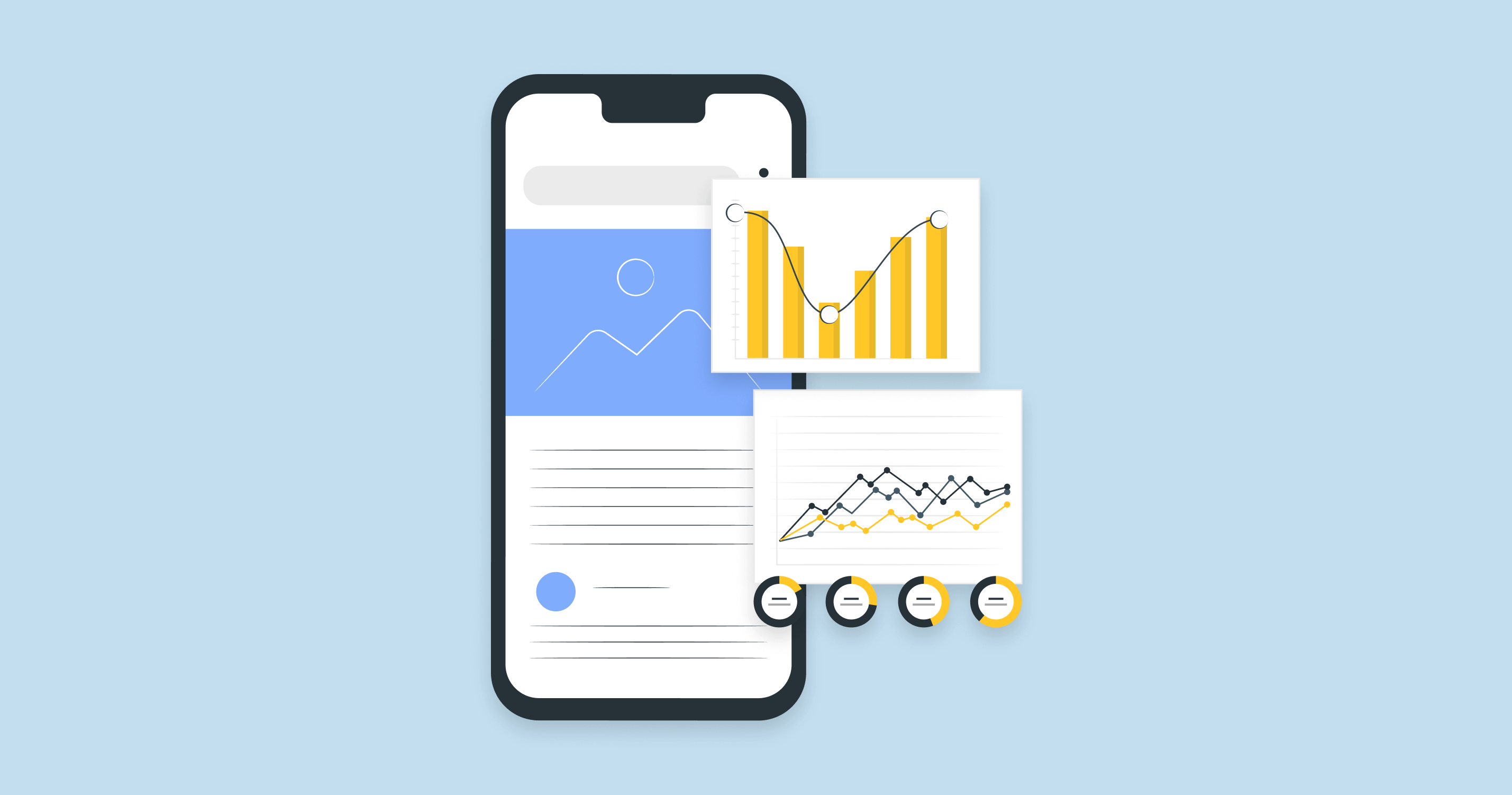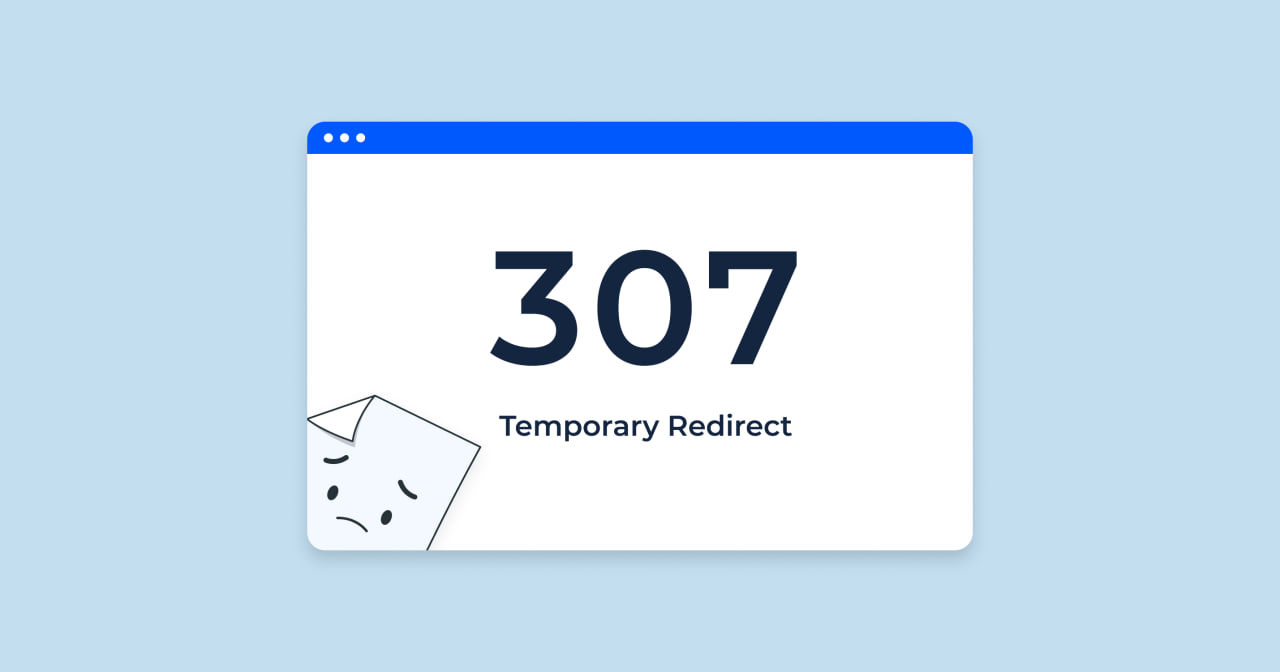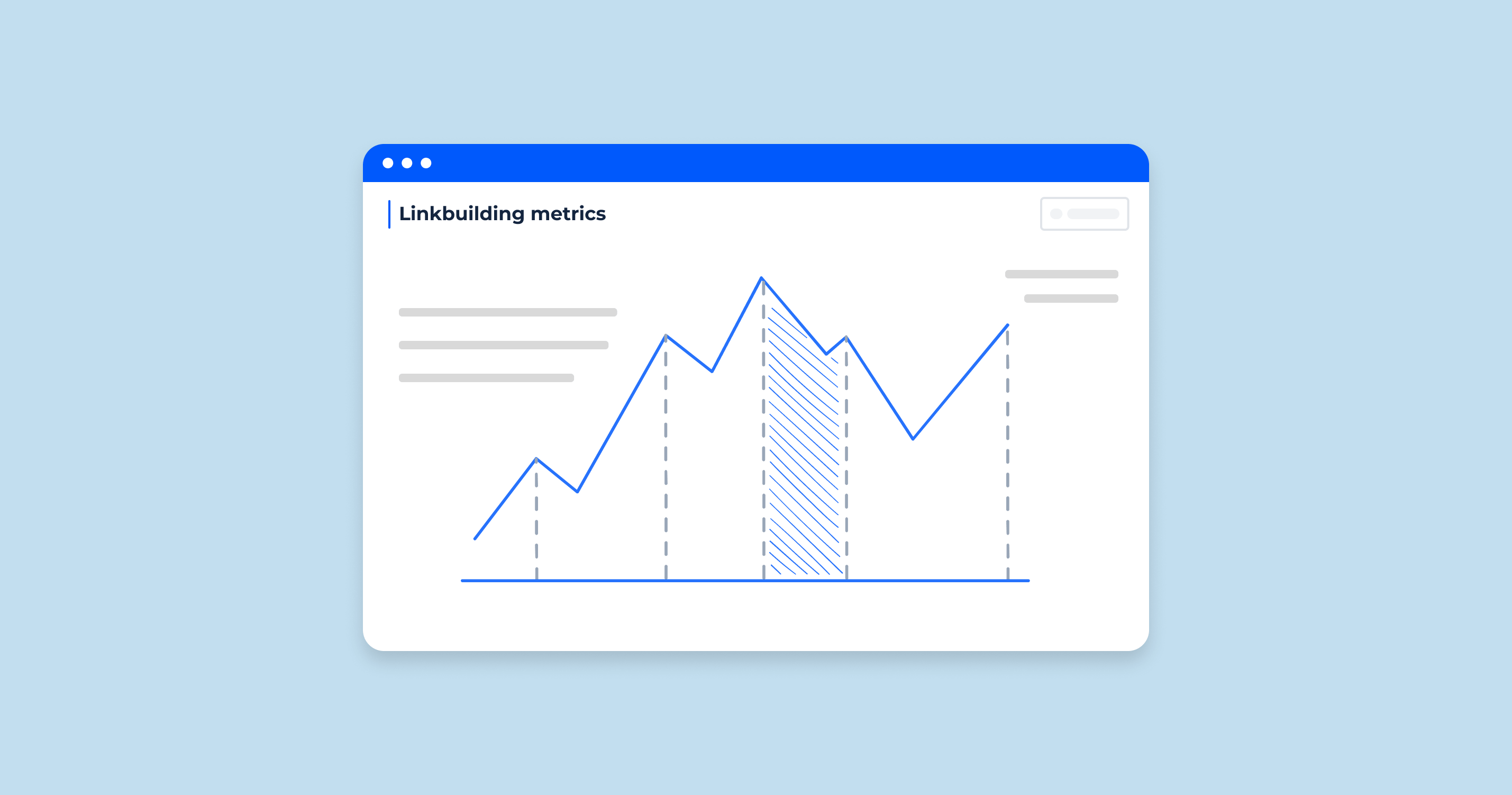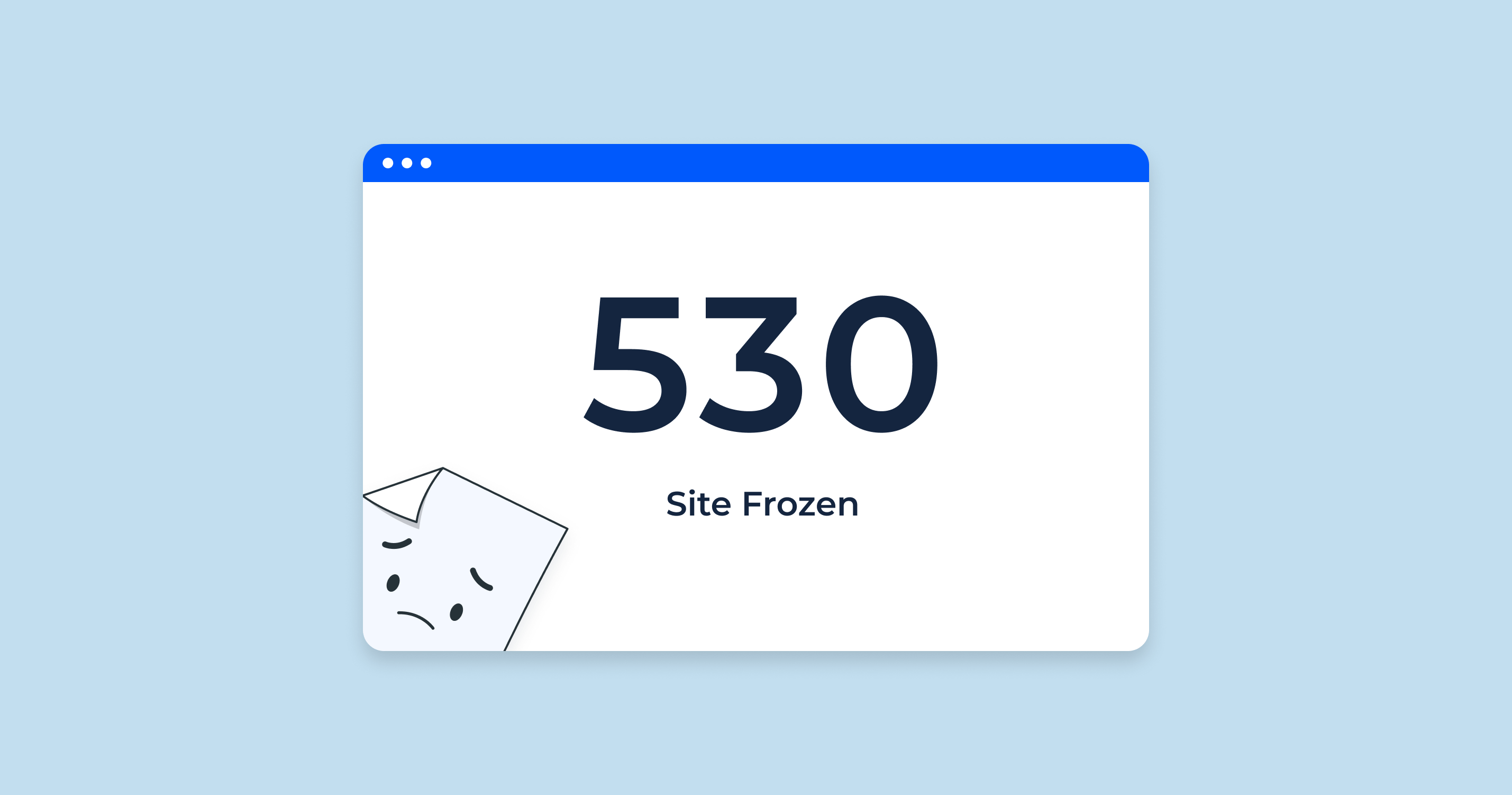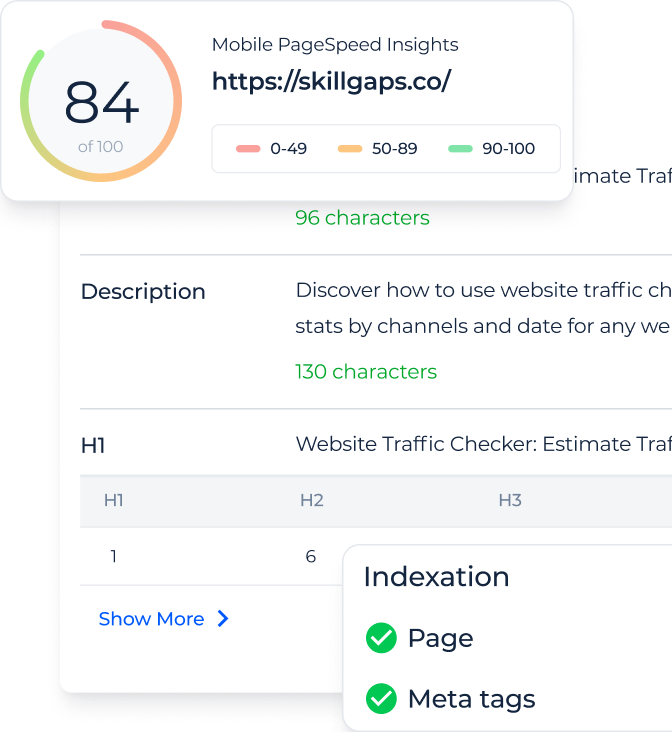What is Mobile Analytics?
Mobile analytics refers to the measurement and analysis of data generated when users interact with mobile applications and websites. It encompasses a range of metrics that provide insights into user behavior, application performance, and marketing effectiveness on mobile platforms.
What Does Mobile Analytics Cover?
- User Behavior: This deals with understanding how users navigate through an app, which features they use most often, how long they spend on specific screens, and where they tend to drop off. By analyzing this data, businesses can better understand user preferences and optimize their apps to enhance user engagement and satisfaction.
- Acquisition Analysis: This dives into understanding where your mobile app’s users come from. It could be from a social media campaign, organic search, or a referral from another app or website. Knowing your top sources can help in optimizing marketing spend and strategy.
- Performance Metrics: Mobile analytics also covers how well an app performs. This includes tracking crash reports, load times of screens, and any other technical glitches that users might experience. A smooth, glitch-free experience is crucial for retaining users.
- Conversion Analysis: Here, businesses track how many users take a desired action within the app, whether it’s making a purchase, signing up for an account, or completing a game level. This helps in understanding the app’s effectiveness in meeting its objectives.
- Retention Metrics: It’s essential to know not just how many users download an app but how many continue to use it over time. Retention metrics help businesses understand their app’s long-term value and where improvements might be needed to keep users engaged.
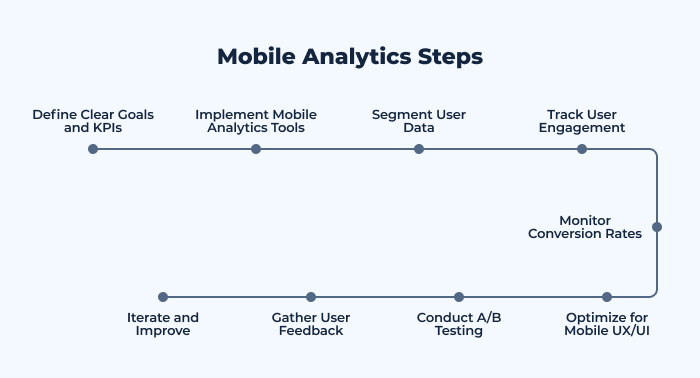
Why is Mobile Analytics Crucial?
The rise of smartphones and mobile devices means that more people are accessing content and services on the go. As a result, businesses need to understand how their apps perform on these devices. Mobile analytics provides insights that are critical for refining the user experience, optimizing marketing campaigns, and ultimately, driving success in the mobile space.
Whether you’re a mobile app developer aiming to enhance your app’s user experience or a marketer trying to fine-tune your mobile marketing campaigns, mobile analytics offers the insights and data needed to make informed decisions.
Examples of Mobile Analytics
Mobile analytics encompasses a broad range of metrics and analyses. Each of these metrics provides a unique perspective on user behavior, app performance, or marketing outcomes. Here are some common examples of mobile analytics:
- Daily Active Users (DAU) and Monthly Active Users (MAU):
- Description: These metrics measure the number of unique users who engage with an app daily or monthly.
- Significance: High DAU and MAU numbers indicate strong user engagement and a potentially large and loyal user base.
- Session Length:
- Description: Session length tracks the average amount of time users spend in the app during a single visit.
- Significance: Longer sessions may indicate higher engagement, while shorter sessions could signal potential usability issues or lack of engaging content.
- Retention Rate:
- Description: This metric shows the percentage of users who return to an app after their first visit.
- Significance: A higher retention rate suggests that users find the app valuable over time, while a low rate might point to issues with user experience or content.
- Screen Flow:
- Description: Screen flow shows the path users take as they navigate through the different screens of an app.
- Significance: This metric can help identify popular app features or areas where users might be getting stuck or dropping off.
- App Crashes and Error Rates:
- Description: This tracks the frequency of app crashes or errors experienced by users.
- Significance: High crash or error rates can severely affect user experience and may result in negative reviews or decreased retention.
- In-App Purchases:
- Description: This metric monitors the number and value of purchases made within the app.
- Significance: It’s a direct measure of revenue generation and can also indicate the effectiveness of monetization strategies.
- Event Tracking:
- Description: Event tracking monitors specific actions users take within an app, such as clicking on an ad, completing a level in a game, or sharing content.
- Significance: It helps in understanding user preferences, behaviors, and can inform feature development or marketing strategies.
- Source Attribution:
- Description: This identifies where app users come from, be it from a social media ad, an email campaign, an organic search, etc.
- Significance: By understanding which sources drive the most valuable traffic, businesses can optimize their marketing strategies and budgets.
- Push Notification Engagement:
- Description: This tracks how users interact with push notifications – whether they open them, ignore them, or disable them entirely.
- Significance: Effective push notification strategies can significantly boost engagement, but if done poorly, they can drive users away.
- User Feedback and Ratings:
- Description: This metric gathers direct feedback from users via reviews and ratings on app stores.
- Significance: Feedback can highlight areas for improvement, and high ratings can boost an app’s visibility and download rates.
In summary, these examples of mobile analytics offer a comprehensive look into the user journey, app performance, and the overall success of an app in the competitive mobile landscape. By closely monitoring these metrics, businesses and developers can make data-driven decisions to enhance their mobile offerings.
Why Do Companies Use Mobile Analytics?
In today’s digital age, mobile devices have become an integral part of our daily lives. As a result, companies are investing heavily in mobile applications and platforms. Mobile analytics plays a pivotal role in shaping these investments. Here’s why companies prioritize the use of mobile analytics:
| Understand User Behavior | Mobile analytics provides insights into how users interact with an app. By monitoring metrics like session length, screen flow, and event tracking, companies can understand user preferences, pinpoint popular features, and identify potential pain points. |
| Improve User Experience | Data-driven insights from mobile analytics allow companies to refine user interfaces, streamline navigation, and enhance the overall user experience, leading to increased user satisfaction and retention. |
| Optimize Marketing Strategies | Through source attribution and event tracking, companies can assess the effectiveness of their marketing campaigns. This helps in allocating marketing budgets more efficiently and tailoring strategies to the most impactful channels. |
| Boost Monetization | By analyzing in-app purchase patterns and ad engagement, companies can develop more effective monetization strategies, introduce lucrative in-app purchase offers, and place ads in optimal locations. |
| Identify and Address Technical Issues | Monitoring crash reports and error rates helps companies identify technical glitches and areas for improvement, ensuring the application’s smooth functioning and reducing user churn due to technical issues. |
| Increase Retention and Engagement | By understanding user behavior, preferences, and pain points, companies can implement strategies to increase user engagement, resulting in higher retention rates and more active user bases. |
| Validate Product Decisions | Mobile analytics can act as a litmus test for new features or changes. Companies can track how users respond to updates, allowing for quick iterations or rollbacks if necessary. |
| Personalize User Interactions | Analytics data can inform personalized user experiences, such as content recommendations or personalized offers, enhancing user engagement and driving conversions. |
| Competitive Analysis | Mobile analytics tools can provide insights into market trends and competitors’ performances, helping companies position their apps effectively in the market. |
| Set and Track KPIs | Companies set key performance indicators (KPIs) to measure the success of their mobile initiatives. Mobile analytics provides the data necessary to track progress towards these KPIs, informing strategy adjustments along the way. |
In essence, mobile analytics is not just a tool for understanding app performance; it’s an essential component for informed decision-making. Companies leverage these insights to ensure that their mobile platforms offer value to users, drive revenue, and remain competitive in a constantly evolving digital landscape.H2 Why are mobile analytics important?
How are Mobile Analytics Different From Web Analytics?
The digital world comprises various platforms, with websites and mobile applications being two of the most prevalent. While both platforms gather user data for analysis, there are distinct differences between mobile and web analytics, stemming from the unique nature and use-cases of each platform. Let’s dive into these differences:
- Platform Specificity:
- Mobile Analytics: Focuses on mobile applications that operate on platforms like iOS, Android, and occasionally other operating systems.
- Web Analytics: Focuses on websites accessed primarily through web browsers on desktops, laptops, or mobile devices.
- User Engagement Metrics:
- Mobile Analytics: Metrics such as app installs, app launches, and push notification engagements are unique to mobile apps.
- Web Analytics: Metrics like page views, sessions, and bounce rate are more prevalent in website analysis.
- Technical Metrics:
- Mobile Analytics: Tracks issues like app crashes, app load times, and device-specific performance.
- Web Analytics: Monitors web page load times, browser compatibility issues, and 404 errors.
- User Identification:
- Mobile Analytics: Often uses device IDs or user logins to track user behavior over extended periods, even after app updates.
- Web Analytics: Relies more on cookies, which can be cleared by users or expire, leading to less persistent user tracking.
- Navigation Patterns:
- Mobile Analytics: Focuses on gestures like swipes, taps, and multi-touch actions.
- Web Analytics: Emphasizes clicks, mouse movement, and scroll behavior.
- Acquisition Sources:
- Mobile Analytics: Includes app stores, in-app referrals, and QR code scans.
- Web Analytics: Focuses on search engines, direct traffic, social media referrals, and email campaigns.
- Session Definitions:
- Mobile Analytics: A session might be defined differently, often being tied to app launches or specific in-app activities.
- Web Analytics: Typically, a session is tied to a user’s activity within a set time frame on a website.
How Do Mobile App Analytics Work?
Mobile app analytics play a crucial role in helping developers, marketers, and businesses understand user behavior and optimize the app experience. But how do these systems actually function? Here’s a breakdown:
| Integration of SDKs (Software Development Kits) | Before collecting any data, app developers integrate analytics SDKs into their mobile applications. These SDKs, provided by mobile analytics platforms like Google Firebase, Glassbox, or Amplitude, contain pre-written code that enables data collection. |
| Data Collection Points | Once integrated, the SDK starts collecting data based on specific events or user activities. Events can be anything from app launches, screen views, button clicks, to more complex actions like completing a purchase or achieving a milestone in a game. |
| Unique User Identification | Mobile analytics tools identify users in various ways, including device IDs, user accounts, or generated IDs. This ensures that user behavior can be tracked consistently over time and across different sessions. |
| Data Transmission and Storage | The collected data is transmitted from the user’s device to the analytics platform’s servers. This transfer usually happens when the device is online, ensuring minimal impact on app performance. Once received, the data is stored securely in databases for further analysis. |
| Data Processing and Aggregation | Analytics platforms process the raw data, filtering out noise, and aggregating metrics. This processed data is then organized into various segments or categories, making it easier for businesses to derive insights. |
| Visualization and Reporting | To make the data accessible and understandable, analytics platforms offer visualization tools, including dashboards, graphs, charts, and heatmaps. These visual representations provide an at-a-glance view of key performance indicators (KPIs) and trends. |
| Advanced Analysis and Machine Learning | Some sophisticated analytics platforms utilize machine learning algorithms to offer predictive analytics, anomaly detection, and user segmentation. This helps businesses anticipate user behavior and tailor their strategies accordingly. |
| Actionable Insights | Beyond just presenting the data, mobile analytics platforms often provide recommendations or actionable insights. For example, they might highlight drop-off points in the user journey, suggesting areas for optimization. |
| Integration with Other Platforms | To create a holistic digital strategy, mobile analytics data often needs to be integrated with other platforms, like marketing automation tools, CRMs, or advertising platforms. This ensures consistent user experiences and more effective marketing campaigns. |
| Continuous Optimization | As user behavior and market dynamics change, continuous monitoring through mobile analytics allows businesses to iterate and optimize their apps. Regularly reviewing analytics helps in identifying new opportunities, addressing emerging challenges, and ensuring the app remains relevant and engaging. |
In summary, mobile app analytics operates in a cycle of data collection, processing, visualization, analysis, and action. This continuous flow of insights allows businesses to refine their mobile strategies, enhance user experiences, and achieve desired outcomes.
Different Types of Mobile Analytics to Consider
As mobile applications become more intricate and users’ expectations continue to evolve, the realm of mobile analytics has expanded to address various facets of app behavior, performance, and monetization. Let’s explore some of the primary categories of mobile analytics:
Mobile Advertising Analytics
Definition: Mobile advertising analytics provides insights into the performance of advertising campaigns on mobile platforms, allowing businesses to measure the effectiveness of their ads and optimize their ad spend.
Key Components:
- Ad Impressions: The number of times an ad was displayed to users.
- Click-Through Rate (CTR): The percentage of users who clicked on an ad after viewing it.
- Conversion Rate: The percentage of users who took a desired action (e.g., installing an app, making a purchase) after clicking on an ad.
- Cost Per Acquisition (CPA): The average cost incurred for each user acquired through an advertising campaign.
- Ad Attribution: Identifying which ad platform or campaign led to a user’s acquisition or conversion.
- Return on Ad Spend (ROAS): Measures the revenue generated from the ad campaign against the amount spent on it.
App Monetization Analytics
Definition: App monetization analytics focuses on tracking and optimizing revenue streams from mobile apps. This can include in-app purchases, subscriptions, and ad revenues.
Key Components:
- Average Revenue Per User (ARPU): Total revenue divided by the number of active users, indicating how much each user typically contributes to the app’s earnings.
- Lifetime Value (LTV): The projected revenue a user will generate throughout their engagement with the app.
- Purchase Funnel Analysis: Evaluating the user’s journey from showing interest in a purchase to completing the transaction.
- Churn Rate: The percentage of paying users who stop making purchases or unsubscribe from the app over a specific period.
- Ad Earnings: Revenue generated through in-app advertisements, often broken down by ad type and source.
In-app Engagement Analytics
Definition: In-app engagement analytics delve into how users interact with the app, focusing on features used, session lengths, and behaviors that indicate a high level of engagement or potential churn.
Key Components:
- Active Users: Measures daily active users (DAU), weekly active users (WAU), and monthly active users (MAU).
- Session Length: The average duration a user spends in the app during a single session.
- Retention Rate: The percentage of users who return to the app after their first visit.
- Feature Adoption: Identifying which app features are most and least used.
- Event Tracking: Monitoring specific actions users take within the app, such as completing a level in a game or adding an item to a shopping cart.
- Screen Flow: Visualizing the typical path users take through the app, highlighting potential drop-off points or popular navigation paths.
Each of these categories offers unique insights that, when combined, provide a comprehensive understanding of the app’s performance, user behavior, and revenue potential. Leveraging these analytics allows businesses to make informed decisions and continually refine their mobile strategies.
The Importance of In-App Engagement Analytics
In-app engagement is a crucial metric for app developers and businesses. It determines not only how often a user interacts with an app but also the quality and depth of those interactions. Here’s a deep dive into the significance of in-app engagement analytics:
- User Retention: High engagement often correlates with better user retention rates. If users find value in an app and engage with it regularly, they are less likely to uninstall it or abandon it in favor of a competitor.
- Monetization: Engaged users are more likely to make in-app purchases, click on ads, or upgrade to premium versions. By understanding engagement patterns, businesses can identify opportunities to boost revenue.
- Feature Optimization: By analyzing which features are most engaging and which are ignored, developers can prioritize updates and refinements to meet user expectations and needs.
- User Experience: Engagement data can highlight areas where users face friction or confusion, allowing developers to enhance the user experience and remove barriers to engagement.
- Predictive Insights: Trends in engagement can forecast potential churn or highlight emerging cohorts of power users. Such insights allow businesses to take proactive steps, be it retention campaigns or targeted offers.
- Word of Mouth: Highly engaged users often become brand ambassadors, leading to organic growth through referrals and positive reviews.
In summary, in-app engagement analytics are not just numbers on a dashboard; they’re actionable insights that can shape the direction and success of an app.
App Store Analytics
Definition: App store analytics focuses on how an app performs within app stores, such as Google Play or Apple’s App Store. It provides insights into app discoverability, downloads, rankings, and user reviews.
Key Components:
- Downloads: Total number of times the app has been downloaded.
- App Store Ranking: Position of the app within category rankings or overall store charts.
- Ratings and Reviews: Analysis of user ratings and their written feedback to gauge user sentiment.
- Conversion Rate: Percentage of users who download the app after viewing its app store listing.
- Keyword Analysis: Identifying which keywords are driving traffic and downloads, aiding in app store optimization (ASO).
- Referral Sources: Understanding which external sources or campaigns are driving users to the app store listing.
Performance Analytics
Definition: Performance analytics evaluates the technical aspects of an app, ensuring that it runs smoothly, loads quickly, and offers a consistent user experience across devices.
Key Components:
- App Crashes: Monitoring instances when the app unexpectedly stops or crashes, including details about devices, operating systems, and actions leading up to the crash.
- Load Times: Analyzing the time taken for the app to launch or for specific features to load, ensuring users aren’t kept waiting.
- Device Compatibility: Tracking performance across different devices, screen sizes, and operating systems to ensure consistent user experiences.
- Network Performance: Evaluating how the app performs under various network conditions, such as Wi-Fi, 4G, or offline mode.
- Battery Consumption: Monitoring the app’s impact on device battery life, a critical factor for user satisfaction.
- Memory Usage: Ensuring the app doesn’t consume excessive device memory, leading to slowdowns or crashes.
By giving equal importance to both engagement and performance analytics, app developers and businesses can ensure that their app not only meets user needs but also offers a seamless, frictionless experience.
How Do Different Teams Use Mobile Analytics?
Mobile analytics provide a treasure trove of insights that can benefit various teams within an organization. Let’s delve into how different teams harness these insights to enhance their strategies and decision-making processes:
Mobile Analytics for Marketing Teams
- User Acquisition: Marketing teams analyze which channels and campaigns are driving the most app installs and highest-quality users.
- User Segmentation: They segment users based on behavior, demographics, or acquisition channels to tailor marketing messages.
- Retention and Churn Analysis: By understanding when and why users drop off, marketers can devise re-engagement campaigns.
- Ad Performance: Analytics help marketers assess the performance of in-app advertisements, optimizing ad placements, formats, and content.
- ROI Measurement: Determining the return on investment for various marketing campaigns and adjusting budgets and strategies accordingly.
Mobile Analytics for Product Teams
- Feature Adoption: Product teams gauge which app features are popular and which ones are underutilized.
- User Journey Mapping: They can visualize the typical user flow within the app, identifying potential friction points.
- A/B Testing: Analytics help product teams test different variations of features or interfaces to determine which ones resonate best with users.
- Feedback Analysis: Product teams can prioritize feature requests or fixes based on user feedback and observed behaviors.
- Roadmap Prioritization: Analytics guide product teams in shaping the product roadmap by highlighting areas of opportunity or concern.
Mobile Analytics for UI and UX Teams
- Heatmaps: UI/UX teams can see where users tap, swipe, or linger on the screen, giving insights into intuitive design elements.
- Session Recordings: Observing real user sessions helps in understanding the usability challenges they face.
- Funnel Analysis: By analyzing user progression through specific journeys, such as registration or checkout, UI/UX teams can identify and rectify design bottlenecks.
- User Feedback: Integrating user reviews and feedback with analytics offers a comprehensive view of design effectiveness.
- Iterative Design: Analytics aid in continuous refinement of UI and UX based on evolving user behaviors and preferences.
Mobile Analytics for Technical Teams
- Crash Reporting: Technical teams can promptly address and resolve app crashes, ensuring smooth user experiences.
- Performance Monitoring: They monitor app load times, network issues, and other performance metrics to ensure optimal operation.
- Device and OS Compatibility: Analytics help in identifying devices or operating systems that might have compatibility issues.
- Error Logging: Detailed error logs guide technical teams in diagnosing and fixing issues.
- Infrastructure Scaling: As user numbers grow, analytics can help technical teams scale infrastructure accordingly.
Mobile Analytics for Customer Success Teams
- User Onboarding: Customer success teams can optimize the onboarding process by understanding where new users might face challenges.
- Support Ticket Analysis: By correlating support issues with in-app behaviors, these teams can proactively address common problems.
- User Education: Analytics highlight areas where users might benefit from tutorials, FAQs, or other educational content.
- Customer Feedback: Integrating user feedback with in-app behavior offers a holistic view of the customer experience.
- Churn Prediction: By identifying early signs of user disengagement, customer success teams can intervene and re-engage users.
In essence, mobile analytics serves as a central nervous system, providing each team with actionable data, enabling them to collaborate, innovate, and deliver a superior app experience.
10 Common Mobile App Analytics Mistakes to Avoid
Mobile app analytics are a powerful tool, but like any tool, they must be used correctly. Here are ten common pitfalls that organizations should be wary of:
Starting Without Clear Optimization Objectives
Problem: Diving into analytics without a clear idea of what you want to achieve can lead to confusion and wasted efforts.
Focusing Too Much on a Single Success Metric
Problem: Relying solely on one metric (like app downloads) can give a skewed picture of overall app health.
Trying to Track Everything
Problem: Overloading on data can cause analysis paralysis and detract from actionable insights.
Not Analyzing Data Deeply Enough
Problem: Surface-level insights might not reveal the root causes of certain behaviors.
Just Doing What Everyone Else is Doing
Problem: Blindly following industry standards or competitors can lead to missed opportunities.
Not Looking at Behavioral Data
Problem: Focusing solely on quantitative metrics can miss the ‘why’ behind user actions.
Relying Solely on Mobile Analytics
Problem: Mobile analytics offer a narrow view, especially if users interact with your brand across multiple touchpoints.
Choosing Difficult Criteria to Identify DAUs (Daily Active Users)
Problem: Overcomplicating DAU criteria can lead to inconsistent or misleading results.
Not Naming Your Event Parameters Carefully
Problem: Inconsistent or unclear naming conventions can lead to confusion later on.
Not Considering Different Team’s Needs
Problem: Each team (e.g., marketing, product, tech) may have different analytics requirements.
In conclusion, while mobile app analytics offer rich insights, it’s essential to approach them strategically, avoiding common pitfalls and constantly refining your strategy based on learnings.
Important Mobile App Analytics KPIs to Track
When evaluating the performance of a mobile app, it’s essential to track the right key performance indicators (KPIs). These metrics offer insights into user behavior, app performance, and overall success. Here are some of the most crucial KPIs to monitor:
-
Monthly Active Users (MAU) and Daily Active Users (DAU)
- Description: These metrics count the number of unique users who open and engage with your app within a given timeframe (daily or monthly).
- Importance: They offer insights into app usage patterns and user engagement levels.
-
Retention Rate
- Description: Measures the percentage of users who return to the app after their first visit.
- Importance: A high retention rate indicates that users find value in your app over time.
-
Churn Rate
- Description: The percentage of users who stop using your app within a given timeframe.
- Importance: Helps in identifying potential issues with the app and addressing them promptly.
-
Session Duration
- Description: Average amount of time a user spends in the app during a single session.
- Importance: Longer sessions can indicate high user engagement, while shorter ones might signal usability issues or lack of content.
-
Lifetime Value (LTV)
- Description: The total revenue a user is expected to generate during their entire period of using the app.
- Importance: Helps in assessing the profitability of acquiring a new user and in shaping monetization strategies.
-
Acquisition Cost
- Description: The average cost of acquiring a new user, considering advertising, promotions, and other marketing efforts.
- Importance: Understanding this helps businesses optimize their marketing budget.
-
Conversion Rate
- Description: The percentage of users who take a desired action, such as signing up, making a purchase, or completing a tutorial.
- Importance: A crucial metric for assessing the effectiveness of app design and user flow.
-
App Load Time
- Description: The average time taken for the app to load on a user’s device.
- Importance: Slow load times can deter users and negatively impact user experience.
-
Crash Rate
- Description: The percentage of app sessions that result in the app crashing.
- Importance: High crash rates can indicate technical issues that need immediate attention.
-
Screen Flow
- Description: Shows the path users typically take as they navigate through the app.
- Importance: Offers insights into user behavior and helps identify potential bottlenecks or areas for optimization.
-
Event Tracking
- Description: Records specific actions users take within the app, like button clicks, form submissions, or item purchases.
- Importance: Helps in understanding how users interact with specific app features.
-
Revenue Per User (RPU)
- Description: The average revenue generated per active user.
- Importance: Essential for understanding monetization efficiency.
By diligently tracking these KPIs, businesses can gain a comprehensive understanding of their app’s performance, user behavior, and areas for improvement. Regularly reviewing and acting upon these metrics will lead to better user experiences and, ultimately, a more successful app.
What Mobile App Analytics Tools Do You Need to Get Started?
The digital world is rife with tools that can assist businesses in understanding user behavior, app performance, and avenues for improvement. Here’s a rundown of some of the best mobile app analytics tools that can help you gather insights and optimize your app for success:
Glassbox

- Description: Glassbox provides digital experience analytics that give businesses a granular understanding of their app’s user experience.
- Features:
- Session replays that let you view user interactions in real-time.
- Heatmaps to visualize where users click, scroll, and interact the most.
- Funnel analytics to analyze user conversion paths.
Google Firebase

- Description: A comprehensive app development platform that also provides robust analytics capabilities through Firebase Analytics.
- Features:
- Event tracking to understand user behaviors.
- User segmentation based on activity, demographics, and interests.
- Crashlytics to monitor and fix stability issues.
Google AdMob
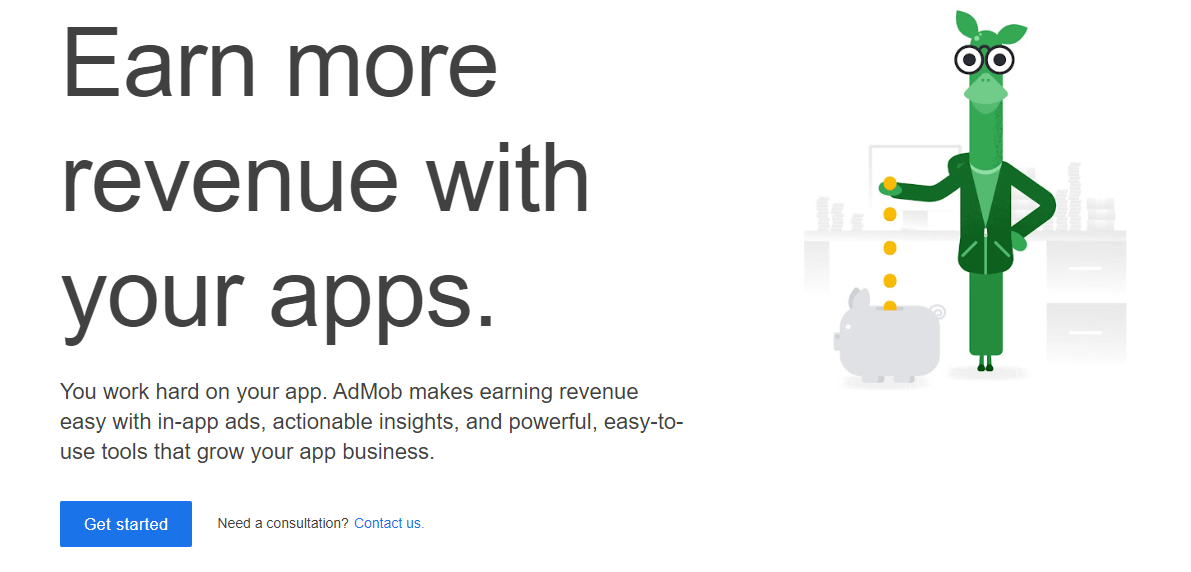
- Description: Primarily an advertising platform, AdMob also provides insights into ad performance and user engagement.
- Features:
- Monetization analytics to track revenue and eCPM.
- Ad performance metrics.
- User interaction data with ads.
Apple App Analytics

- Description: Exclusive for iOS apps, it offers insights into app performance and user engagement.
- Features:
- App Store impressions and download data.
- User retention metrics.
- In-app purchase and revenue tracking.
Amplitude
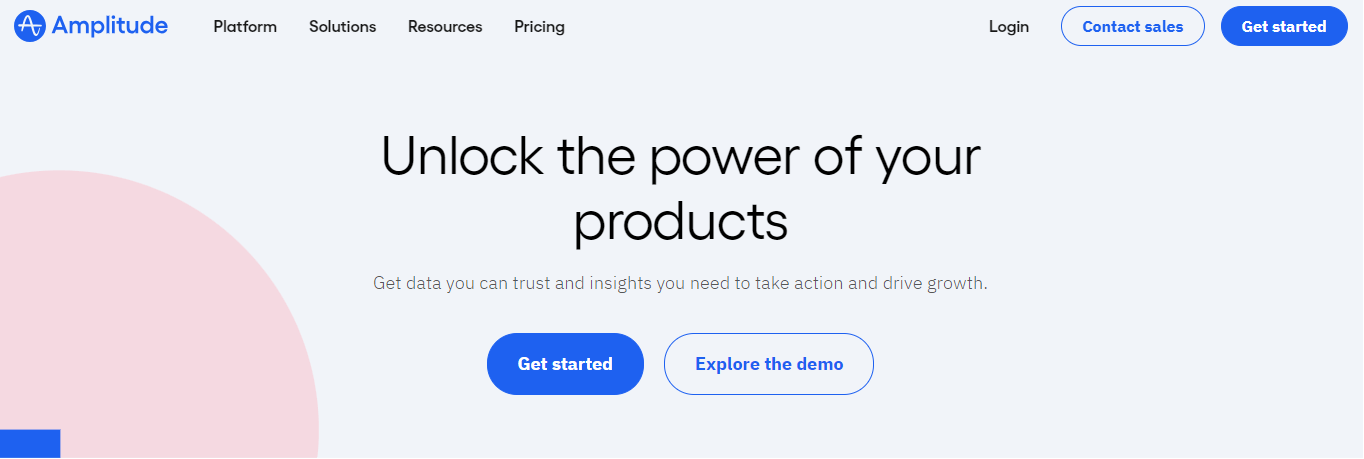
- Description: A product analytics tool that helps businesses understand user behaviors and improve engagement.
- Features:
- Real-time data analytics.
- User pathways to understand the user journey.
- Retention analysis to identify features that keep users coming back.
Flurry
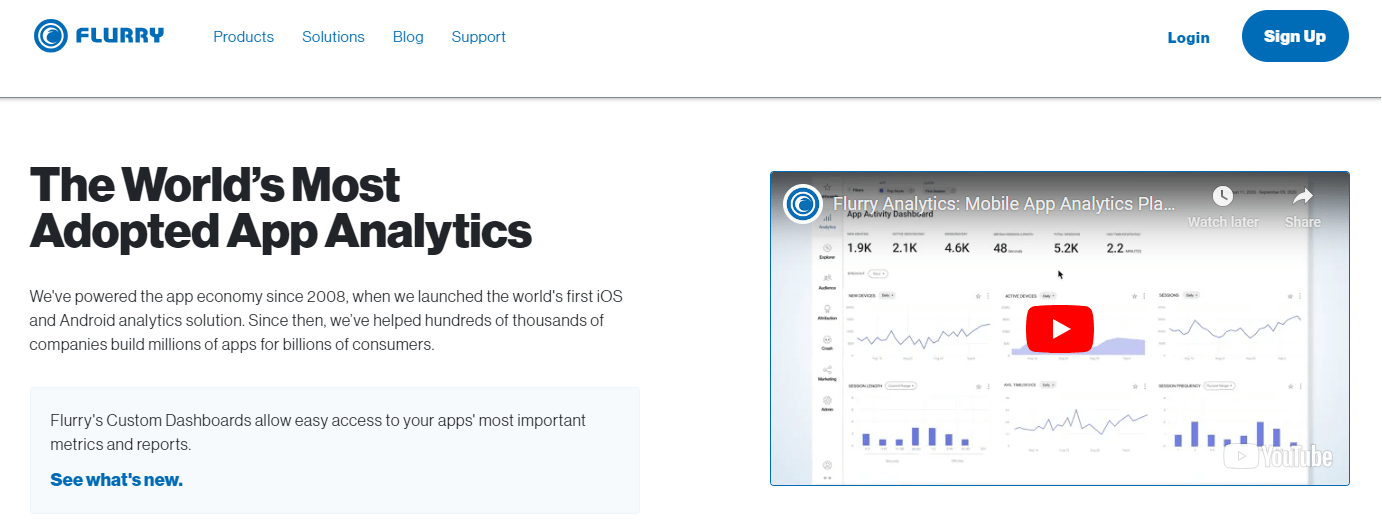
- Description: A free mobile app analytics tool, Flurry offers insights into user behaviors, conversions, and more.
- Features:
- User acquisition analysis to track sources of new users.
- User session data including frequency, duration, and activities.
- Event tracking for specific in-app actions.
FullStory
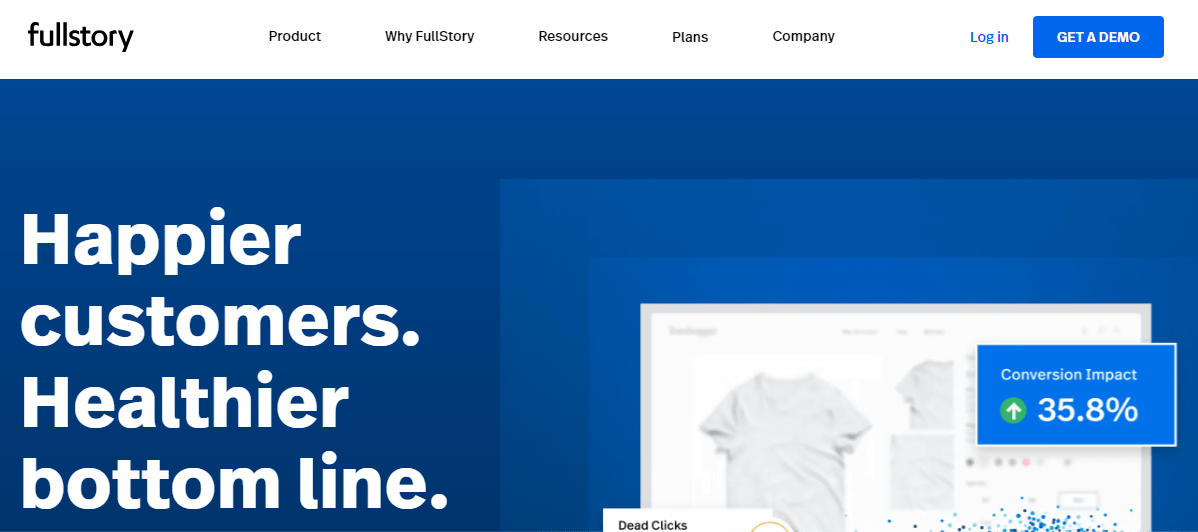
- Description: FullStory focuses on digital experience insights, offering session replays, heatmaps, and more to optimize the user experience.
- Features:
- Digital Experience Intelligence combining analytics with user feedback.
- Session replays for qualitative insights.
- Click, scroll, and attention heatmaps.
In conclusion, while there are numerous analytics tools available, the right choice will depend on your specific needs, platform (iOS, Android, or both), and budget. By leveraging these tools, businesses can gather crucial data that helps in refining their app’s features, enhancing user experience, and driving growth.
Check a Domain for Mobile Rankings With Mobile Rank Tracker
The Mobile Rank Tracker tool by SiteChecker is an essential resource for modern SEO professionals, catering specifically to the mobile market. Recognizing that a growing number of searches occur on mobile devices, this tool provides precise insights into how a website ranks in mobile search engine results. It’s an invaluable asset for ensuring that a website not only reaches its audience but also provides an optimal user experience on mobile devices, which is increasingly critical in today’s digital landscape.
In addition to its core function of mobile rank tracking, the tool offers advanced features like tracking keyword performance and competitive analysis in the mobile search environment. This allows users to understand which keywords are most effective in driving traffic to their mobile site and how they stack up against competitors in the mobile arena. These insights are key for fine-tuning mobile SEO strategies, ensuring higher visibility, and engagement with the target mobile audience. The Mobile Rank Tracker is user-friendly and provides comprehensive data, making it a must-have tool for anyone focused on maximizing online presence in the mobile-first world.
Track Your Rankings Now!
Use our Mobile Rank Tracker to monitor your site's performance on mobile devices.
Conclusion
Mobile app analytics stand as a cornerstone for understanding user behavior, making informed decisions, and ensuring the growth and success of an app in an increasingly competitive market. With tools like Glassbox, Firebase, and Amplitude, among others, businesses are equipped to delve deep into user interactions, identify pain points, and craft an experience that resonates. As mobile apps continue to shape the way we live, work, and play, leveraging these analytics will remain crucial for businesses aiming to stay ahead of the curve and consistently meet user expectations.
